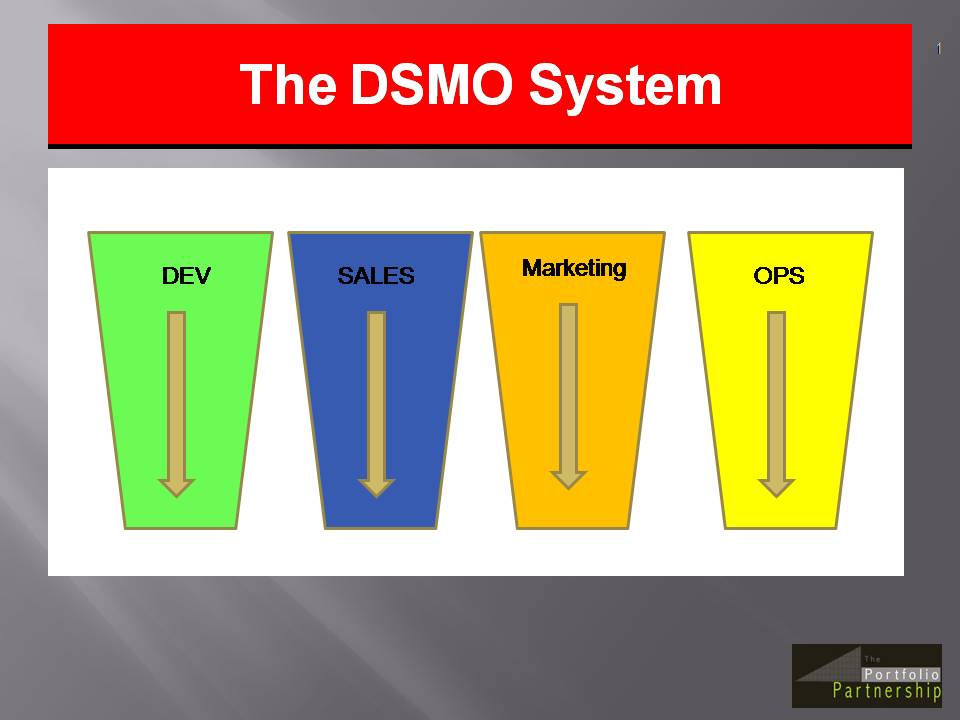As we help our clients scale their businesses, the subject of new product launches is never far from our minds. Here are 10 quick rules that have helped beat the odds of a successful product launch:
- The secret is alignment. I call it the DSMO model. This stands for Development, Sales, Marketing and Operations. It ensures that when a product is launched the whole company is aligned behind it. The key is to ensure that no one area gets ahead of itself. There is no point in a great product shipping on March 1st and then discovering the marketing have not built their storybook, their lead generation campaigns or the sales team is poorly trained. Or the operations team has no clear guidance on how to invoice the client or is unaware of the various pricing models. So creating parallel lines is the key with one overall project champion in charge and separate heads for each discipline; development, sales, marketing and operations.
- Build a funnel of great ideas from the ground up using customers, staff, partners, and competitors, brainstorming sessions. Note I highly recommend getting real sales professionals in the room who actually talk to customers and understand their world.
- Don’t train sales professionals too early (they will talk about it to customers). But you must start training at least 3 weeks pre launch to allow then to build a pipeline/list of early adopters.
- Get marketing started on positioning the product against the competition. Define the business results that will be achieved and build a story around how customers will USE the product. Be crystal clear on the audience/persona who will buy the product. Talk in their language not yours. Why does the product enhance their careers? Let the web site tell that story. Ensure development works closely with marketing to build a great web site including self-help videos and FAQs.
- Play with different pricing models and invoice methods involving the ops team. Wrestle with several models before deciding on the launch version. Look at the complexity of features and usability not just through the lens of a prospect but also your sales teams. Some products are built too complex to sell.
- Build guidance notes for demos for the sales teams and engineers. It’s theater, write a script. The most relaxed presenter has practiced 10 times for every real delivery.
- The new product team needs to meet every 2 weeks with at least 5 attendees, the overall project manager, head of development/design, marketing manager, sales manager and the ops head. This will ensure that cross-silo issues are dealt with in a timely and efficient manner. Religious use of checklists with names and dates are mandatory.
- Use milestones to ensure the launch date is on track. Think planes crash because of what happens at 10,000 feet not 1000 feet. If trajectories are wrong they need correcting early.
- Mimic how the product will operate within your portfolio of products long before launch date. Imagine how you will deal with the product life-cycle in terms of capacity, storage, servicing.
- Build momentum towards a date ensuring that the final product (at least the first version) is consistent with the narrative and processes created in sales, marketing and ops.
These guidelines should help you create your own Playbook, to keep your new products on track, with a great narrative, a great sales pipeline and an ops team fit for purpose.








